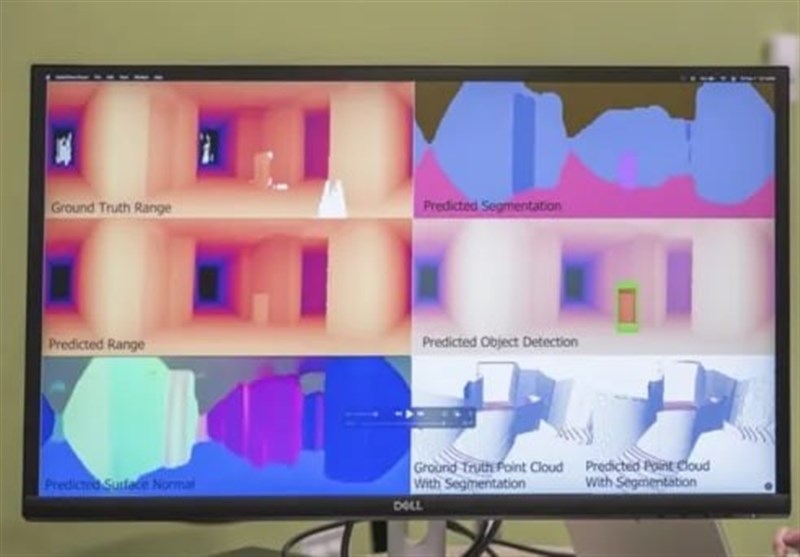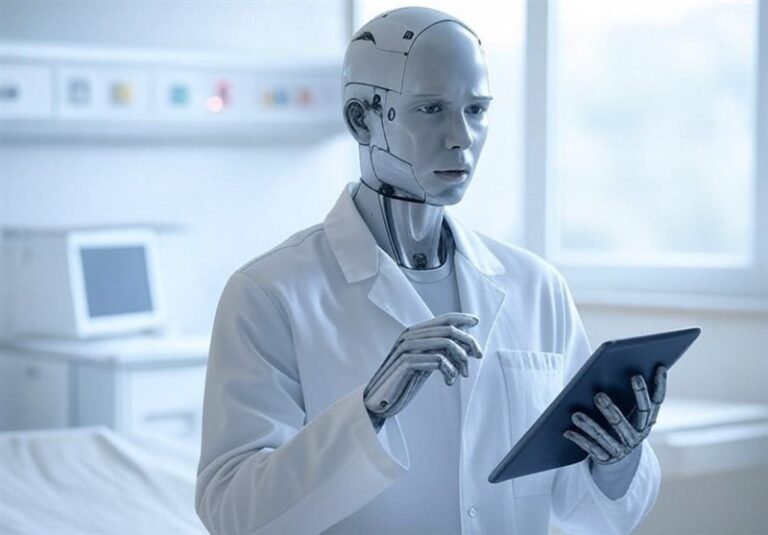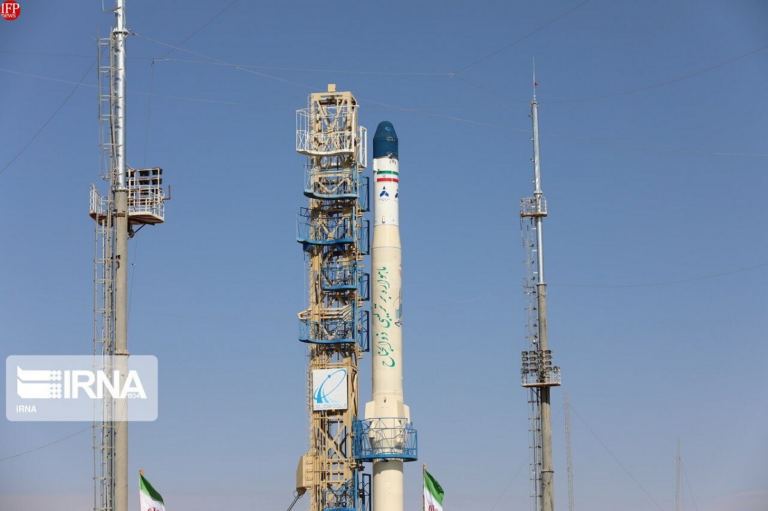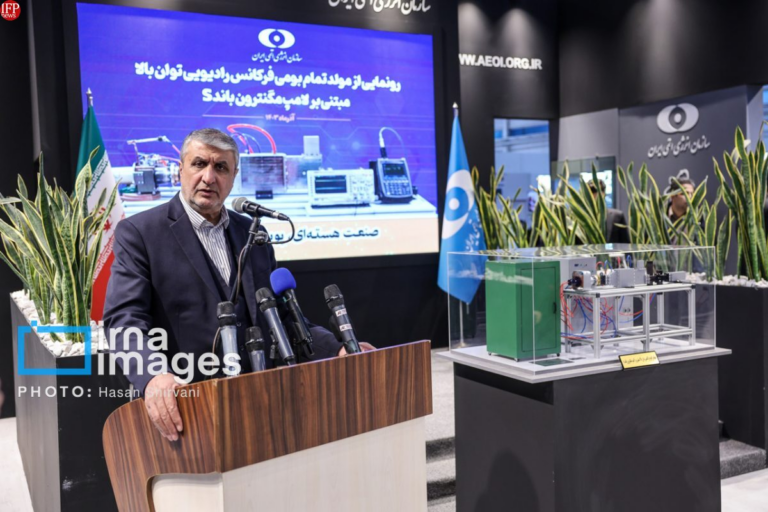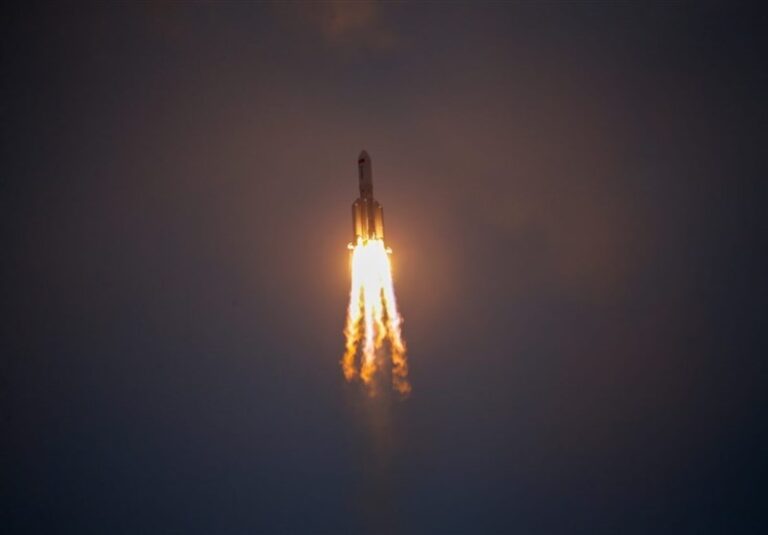Revolutionary Breakthrough: Scientists Unveil ‘Superhuman’ Robot Vision Powered by Radio Waves!
Researchers at the University of Pennsylvania are pioneering a groundbreaking robot equipped with a sophisticated radio-based sensing system. This innovative technology enables machines to “see” through smoke, rain, and even around corners, revolutionizing fields like search-and-rescue operations and security.
When a student at the University of Pennsylvania initiated an experiment to assess the robot’s visibility through smoke, an unexpected incident occurred—a loud fire alarm was triggered. “The whole building got triggered,” remarked Mingmin Zhao, a professor at the university. “My student called me. He was very surprised.” Despite this initial disruption, Zhao and his dedicated team continue to advance their sensing system, which leverages radio waves to enhance robot perception beyond the capabilities of traditional sensors.
Unlike standard optical cameras, Lidar, or infrared sensors, radio waves possess the unique ability to penetrate obstacles such as smoke and heavy rain while also detecting hidden objects. This technology has the potential to transform various operational domains:
- Search-and-Rescue Operations: Robots could efficiently navigate through hazardous environments to locate survivors trapped in burning buildings.
- Security Applications: Enhanced visibility could improve surveillance and threat detection in complex scenarios.
- Industrial Inspections: The ability to see through obstacles could be invaluable in monitoring construction sites or hazardous material storage.
Zhao’s team is developing a system distinct from traditional radar technologies, which have been utilized for decades in tracking aircraft, ships, and weather patterns. The robot is outfitted with a spinning array that emits radio waves in all directions, while an onboard artificial intelligence (AI) system processes the data to create a detailed 3D view of its surroundings.
“What we have been trying to do here is basically help robots obtain superhuman vision—to see in scenarios where human eyes or traditional visual sensors cannot,” Zhao explained. This advanced radio-based technology could significantly enhance the operational efficiency of robots in challenging situations.
One of the intriguing aspects of this technology is its ability to “see” around corners. Zhao compares it to a hall of mirrors, where radio waves can navigate spaces in ways that visible light cannot. This capability opens up new avenues for exploration and innovation in robotics.
Friedemann Reinhard, a researcher at the University of Rostock in Germany, who has not been directly involved in the project, commented on its significance, calling the work “very interesting and quite impressive.” In a previous study conducted in 2017, Reinhard and his colleagues demonstrated the potential of Wi-Fi signals for visualizing private rooms, indicating a growing interest in using radio frequencies for advanced sensing.
However, there are challenges associated with this technology. For instance, the spinning array does not provide a simultaneous 360-degree view, necessitating extensive data processing to refine the images captured by the robot. The robot operates on millimeter-wave radio frequencies, which are similar to those utilized in some 5G networks. “That’s potentially very attractive; it’s a very well-understood, cheap technology,” Reinhard remarked. “I certainly would love to see a self-driving car driving only on radar.”
In contrast, Fabio da Silva, CEO and founder of U.S.-based Wavsens, proposes alternative methods for sensing. His company has developed an algorithm that allows for instantaneous, continuous sensing without the need for spinning antennas. “We created an algorithm that allows you to sense the entire space instantaneously and continuously so we don’t have to spin our antennas,” he explained. This system operates similarly to echolocation, sending out radio waves and interpreting their reflections to discern the shapes of surrounding objects.
This innovative research isn’t limited to robotics. Scholars are also exploring the use of radio waves for various applications, including:
- Detecting Concealed Weapons: Radio waves can help identify hidden threats in security settings.
- Mapping Rooms: Identifying changes in room layouts could enhance spatial awareness.
- Monitoring Nuclear Stockpiles: German scientists propose using radio wave technology to detect movements of nuclear warheads by comparing readings over time.
Additionally, Luana Olivieri at Loughborough University is investigating terahertz waves, which occupy a unique segment of the electromagnetic spectrum. These waves, positioned between radio waves and visible light, hold promise for analyzing materials and detecting specific chemicals, including drugs.
In summary, the University of Pennsylvania’s advancements in radio-based sensing technology represent a significant leap forward in robotics, offering enhanced visibility and operational capabilities in various applications. As researchers continue to explore the potential of radio waves, we can anticipate a future where machines possess superhuman vision, enabling them to navigate and interpret their environments with unprecedented precision.
